MADRID, Spain—2024 is a big year for Polestar. It was spun out of Volvo in 2017 as a standalone performance electric brand, and in 2019, we tried its first car, a low-volume plug-in hybrid GT that wowed us but only ever amounted to 1,500 cars. Next came the Polestar 2, a compact four-door sedan that was one of the first cars to deeply integrate Google's automotive services. But now it's time for the cars most of Polestar's potential customers have been waiting for—SUVs. And it's starting with the $73,400 Polestar 3.
Although Volvo has sold its shares in Polestar (leaving its parent company Geely as Polestar's sole corporate parent), the two companies will continue to share technology and platforms. The Polestar 3 is built on the group's SPA2 architecture, which is also being used by the forthcoming Volvo EX90; indeed, both are going into production at Volvo's factory in South Carolina this year.
As a measure of how far the company has come in a relatively short time, the Polestar 3 generates less carbon emissions during production than the smaller, cheaper Polestar 2 when it was introduced in 2020.
A pair of configurations are available at launch. The long-range dual motor has a combined output of 489 hp (360 kW) and 620 lb-ft (840 Nm) from a pair of identically rated front and rear drive units. The rear drive unit features clutch-based torque vectoring to distribute power unequally between left and right, and can disengage both rear wheels for better efficiency when cruising at highway speeds.
The motors draw power from a 111 kWh (107 kWh net) lithium-ion battery pack from CATL, which gives the EV an EPA range of 315 miles (507 km). Charge times are 30 minutes for DC fast charging from 10–80 percent at up to 250 kW, or 11 hours using a Level 2 charger.

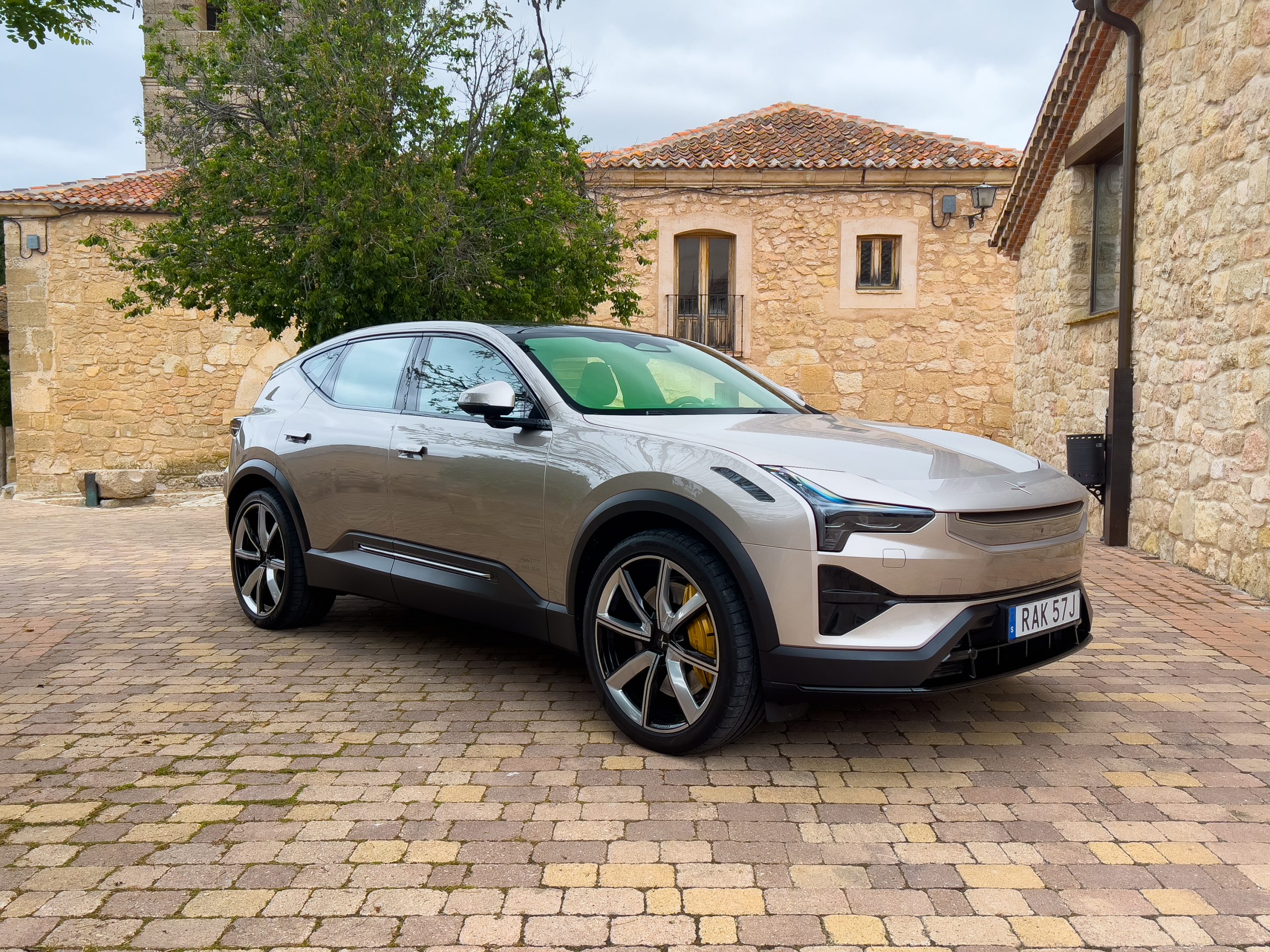

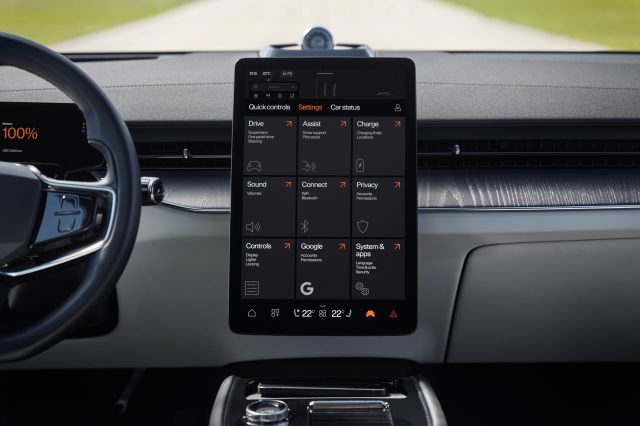

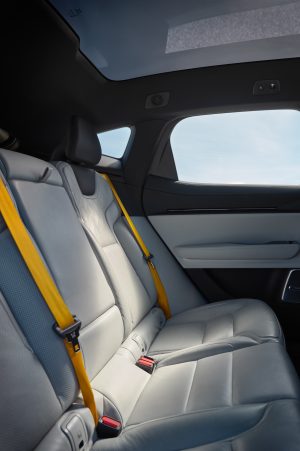
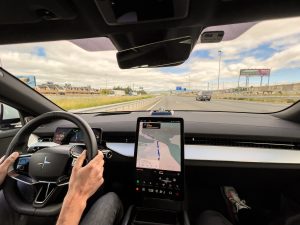
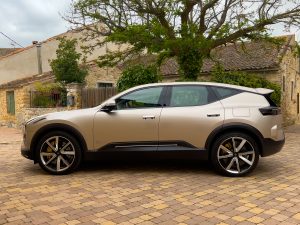
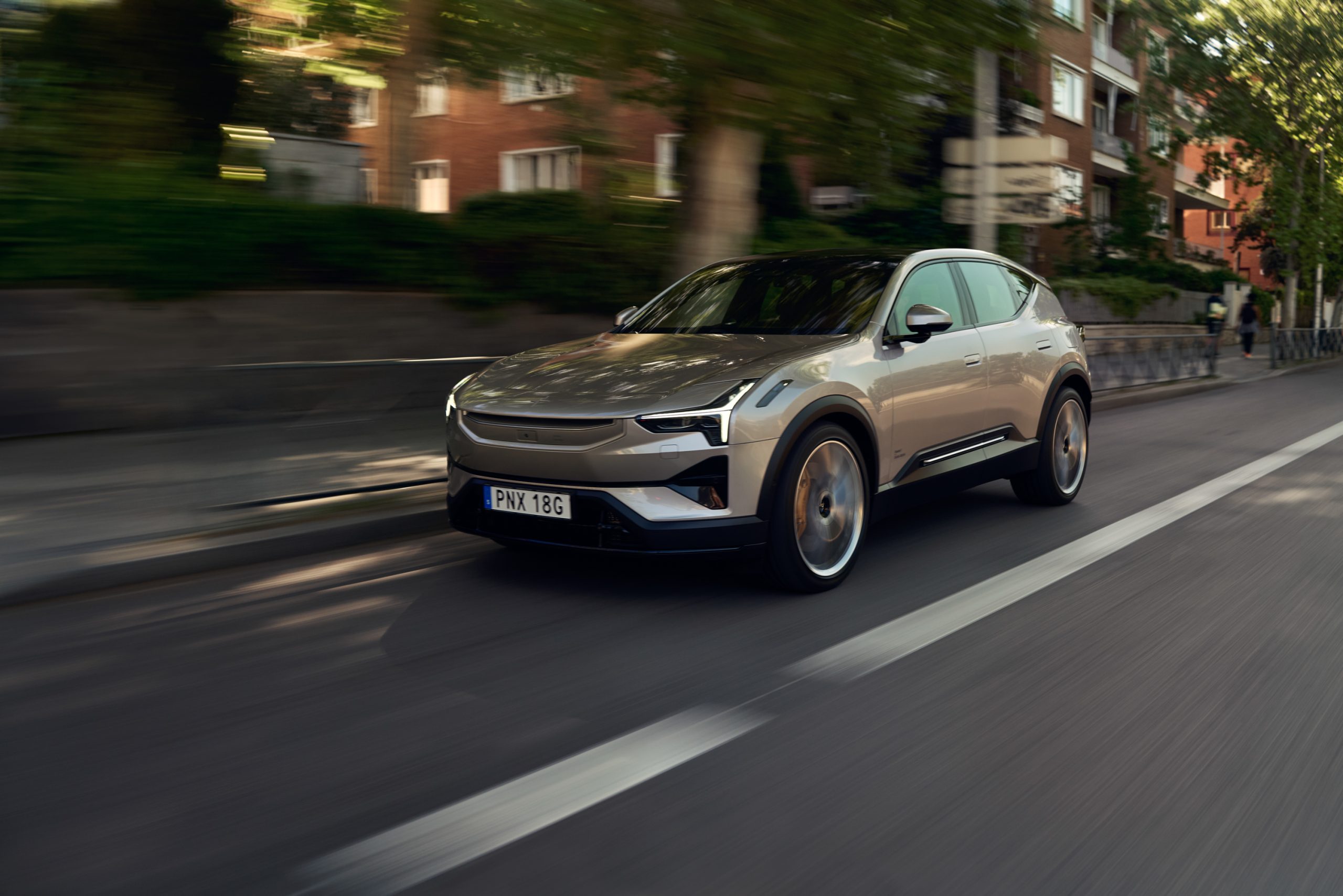
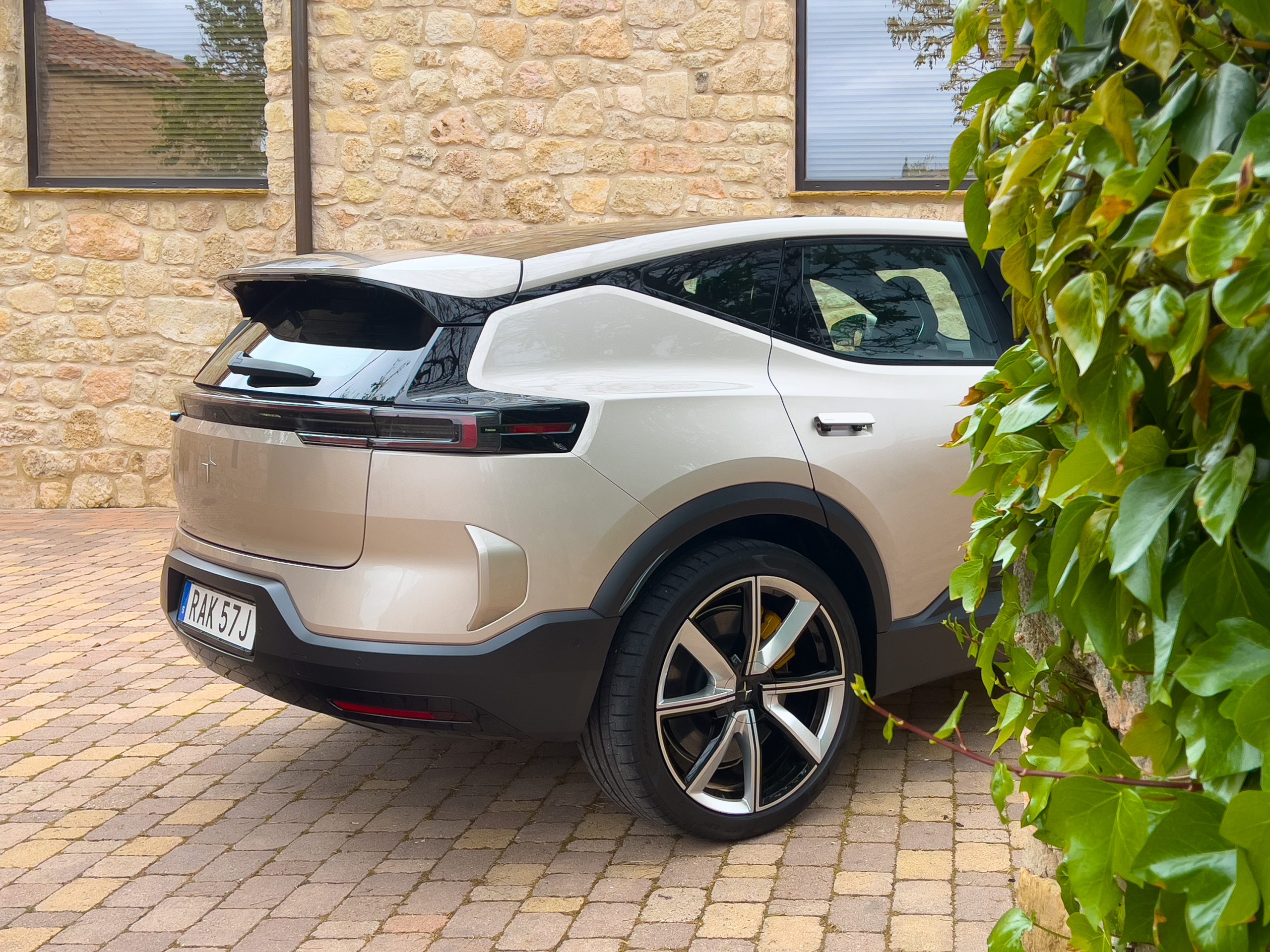

 Loading comments...
Loading comments...

Overall, I love the car. I love charging at home with my installed level 2. I keep the car in max 1-pedel mode and it's great; I hit my brake a few times a week. My commute is 60 miles round trip mostly on the interstate. The dashboard is really clean and extremely useful. The tablet touchscreen gets me what I need. My biggest complaint is the center console seems like an after thought for a daily driver. It's extremely high and I feel like I'm isolated from the rest of the car. The cup holders are questionable, but that's really the only thing I don't like.
I saw some complaints about the tablet and my experience with it has been good. Temperature controls are at the bottom of the screen and I keep mine on Auto and eco mode. I occasionally adjust the temperature, but mainly it's to be closer to the outside temperature since I like driving efficiently. The tablet works well and I've even restarted the tablet while driving (press home for ~15 s) and all I lost was the navigation and bluetooth, but the dash still had my speed and power. What I really like about the dash is I can have speed and power (instead of RPM it tells me power draw or regen) or I can make those small and get a really convenient map right in front of me. The dash is worth the car IMO.
The software is good and I get updates every few months. If you don't want Google in your life, don't get a Polestar. The maps integration is a must use if you want accurate range and state of charge at the end of your trip. It's usually accurate or slightly more conservative for trips. The phone app is nice and I can get climate controls running before I get it with the schedule or just 10 minutes before I leave. It works well when plugged in since then I'm not using the battery to get the car to temperature.
The car is fun to drive. I liked my manual for full control of the engine, but I like not having to deal with it even more. Going from 3 pedals to 1 was quite fun. It gets moving quickly and once I accidentally got to 100 mph on a mostly empty interstate when some clown was coming up on me quick and I wasn't prepared for the response starting at 70 mph. The car is heavy and I noticed when I drove my Mazda 3 a few weeks later. The CG is low and it takes turns better than my passengers. The views are fine. A and B pillars are bulky but not crazy. The rear window is small, but fine. I like the hot hatch and storage.
I took this car into the mountains for two ski trips and with some minor charging at the resort I was able to make it back home. One trip, I forgot my boots 75 miles in and we returned home, hit up a fast charger to 70% with a lunch break, and made it up to our hotel to only miss day one of skiing. Fun fact, due to regenerative braking and a huge down hill, I went 40 miles without my battery percentage going down.
While I generally don't like SUVs, my experience with my Polestar 2 has been great. I would recommend whatever package (probably Plus) that includes the heat pump. In the summer, my commute uses ~30% of my battery and winter was ~40%. My 2 year old used car with < 2k miles totaled around $50k after everything. My wife, who has no opinions on cars, drives it when I work from home and likes it. I think my in-laws want an SUV and I may convince them to get the Polestar 3.